The Children’s Advocacy Center of Tom Green County has helped children since 1992 when Hope House interviewed its first child for an outcry of abuse or neglect. In 1998, the CAC started a prevention program with family preservation in-home counseling and education programs. At that time, Court Appointed Special Advocates (CASA) joined together with the CAC to help better serve children.
Serving children has remained the CAC’s goal, and with the increase of population witnessed in the past few years with the oilfield boom, the agency is undergoing a few changes that will not only help better serve families in Tom Green, Runnels, and Concho Counties, but these changes will also help Texas agencies that are strapped for manpower when it comes to dealing with child abuse and neglect.

“We’ll be able to offer a lot more programs seamlessly,” said Heather Ward, executive director of the CAC. “I’m hopeful that [the programs] will service children and families better.”
The Multidisciplinary Enhancement Program
Ward stated that the MEP program consists of multidisciplinary members on the team that includes San Angelo Police, the Tom Green Sheriff’s Office, Shannon nurses, West Texas Counseling Associates and Hope House. Officials all meet and staff the cases, which are separate from CPS.
The goals of the program are to strengthen and sustain the CAC's MDTs (Multidisciplinary Teams), promote effective communication, coordination and collaboration during all stages of child abuse cases, and promote timely access to MDT/CAC services for all children within CAC’s official service area.

Ward said, “All MDT agencies for the Hope House program agreed to start implementing the MEP in the summer to strengthen the team and help streamline some of the admin tasks so investigators can be in the field. It also allows the Hope House to coordinate mental health services, family advocacy services, court prep, case review and forensic interviews for families.
Ward added that the pilot project began in March of 2015, and members witnessed a 40 to 60 percent increase in intake cases of child abuse and neglect from the state level.
“Our [numbers] vary to 20 to 40 interviews a month,” Ward said about the standard. “It just depends on what’s going on in the community.”
With MEP, Hope House officials will conduct the intakes and then follow up with the agencies working the case. They will provide follow up calls to see if forensic interviews have to be set up, and determine if they can offer additional services.
“We take off some of that admin duties from [CPS] so they can be in the field more,” Ward continued. “Since the forensic interviews are here, there’s no sense in CPS calling and law enforcement calling."
She said it’s easy for her staff to make those follow up calls and ease the time burden on the people who need to be out in the field.
“It will be good for the whole team,” Ward said. “Everyone has agreed that this is a better way to serve kids. To receive any services from Hope House, a referral must still come from CPS and/or law enforcement. The CAC only provides services and cannot investigate or initiate services without law enforcement or CPS referral. Our MDT, Board, and staff are excited about this process and the effects it can have on all children and families across the state. We will implement this project as a team in February.”
To prepare, CAC has had to build capacity for the program.
“We have had to hire more people for the Hope House Program, and move other staff out,” Ward explained.
Family Enrichment Services
Ward said there are basically three agencies under one roof, and CAC’s confidentiality and processes are maintained that way. Family Enrichment Services is the program that reaches the most families in the community.
“It is for all families,” Ward explained. “We help with anything and everything having to do with families and children. If we do not know the answer, we will connect families with someone [who] does. This program helps parents from all walks of life in a variety of ways—tailored specifically to what they need. This is the program I often find myself going to regarding my own son just to make sure I'm handling a situation correctly, or in case I'm looking for a resource in our community, or just looking for a fun family-friendly event.”
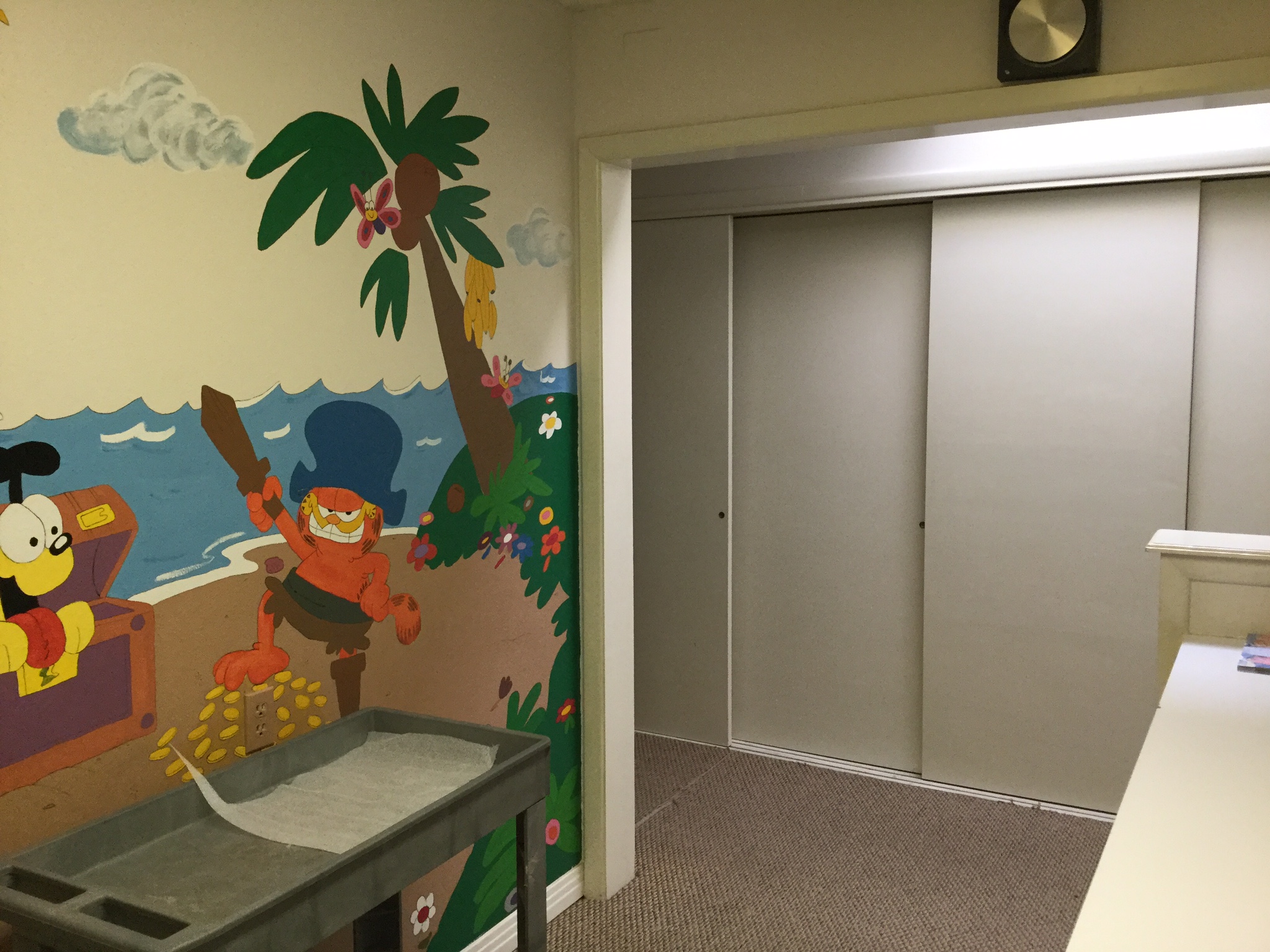
Last year, Family Enrichment served over 700 families, and this year, it has helped over 500.
Family Enrichment Services offers the following programs:
- Parent Project: teaches how to address at-risk behavior, including teen drug use, running away and gang involvement.
- Parents Anonymous: provides a support group for caregivers.
- Family Connections-Parent Mentor Program: deals with parent education such as nurturing skills, resource referrals, crisis intervention and case management services.
“[Services are] a lot more in-depth, and you get a lot of one-on-one with families, so it’s more time consuming to have a family than it used to be,” stated Belinda Braly, director of Family Services, about the scope of the programs.
Braly is expanding her program to work with more families.
“We’re hoping to add two people to work with me to keep up with the program,” she said. “There’s a lot that goes into dealing with the families, including data entry and paperwork, and making sure all programs are working smoothly and effectively for long-term progress. We need long-term assurance.”
Braly said the need for expansion is necessary because, as a city, San Angelo faces things other bigger cities do.
“Anything you see in a big city, it happens here,” she stated.
One thing seen in a city is child sex trafficking.
The CASA Program and Child Fatality Review Team
As for the CASA program, it will be growing soon as well as more caseworkers and a full-time volunteer recruiter/trainer who stays on a child’s case until permanency in a safe stable home is achieved.
“This is a recommendation from the judge’s decision and one we think will help children immensely as many of our children are placed all over the state and will require increased travel,” Ward stated. “To reduce travel expenses, we will be purchasing a car.”
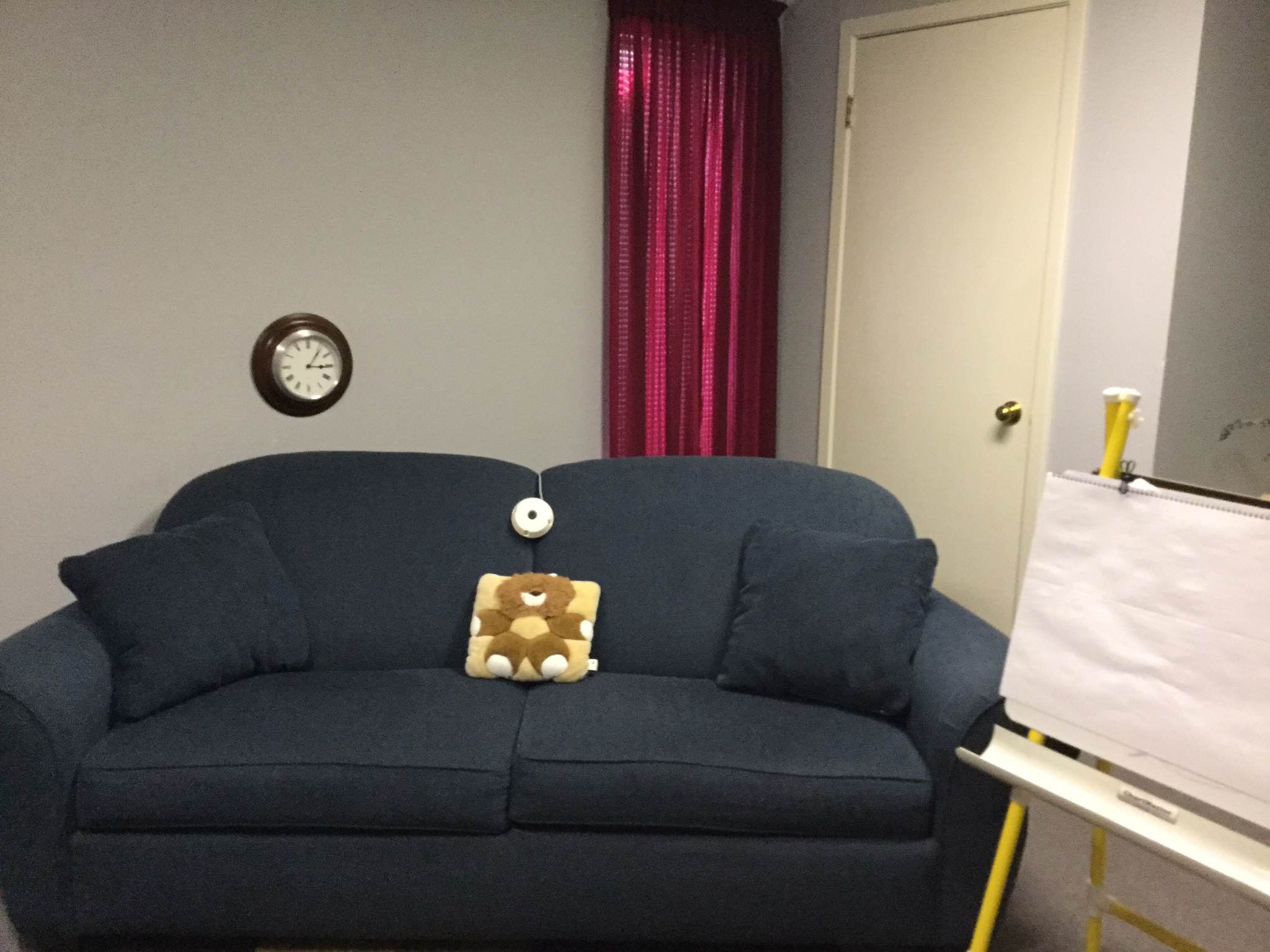
Because of the changes, hiring of new staff and expansion, CASA staff have relocated to CAC’s Beauregard location, Ward stated.
CASA serves about 400 children per year.
Ward said CASA, FES, and Hope House take part in Child Fatality Review Team meetings made up of law enforcement, medical professionals, CPS, judges, district attorneys, first responders and other agencies involved in children services.
“We do review the cases,” Ward said. “We have about 28 to 30 members who come, first responders. It’s probably one of the hardest meetings you can sit through because you do review deaths and see if this could have been prevented, and if so, how?”
Ward said officials use that information to get awareness or educational information to the families they serve, and CVFA member agencies serve. CFRT members also use this information with the families they serve.
The Impact of Change and Growth
Ward said CAC and its partnering agencies have grown tremendously since March due to the changes in the community and changes in child welfare.
“I expect us to continue to grow,” Ward stated. “We have had many businesses reach out to us and help us increase capacity, security, and IT needs as we've had to lease new office space, perform new services, and serve more families. The enormity of the expansion can be both overwhelming and exciting at the same time. Our board, our staff, and our MDT have talked about the growth and the pace, but we've all agreed that when you know it's right for kids and right for your community, you figure out how to do it.”
Ward added that amid all of this change, the agency is looking to build a facility around 20,000 square feet that allows for all agencies to be housed together, and is laid out strategically so families are served in the best possible ways, day and night.
“Currently, the CAC has its main location, which is 5,200 square feet and a leased location with 3,700 square feet. Both locations are at capacity and we are hiring,” Ward said.
Thus far, Ward said they have hired six people, and that number will continue to grow. Also, more CASA volunteers are needed.
“We have a lot of things heading our way," said Ward. She reiterated, “There’s not one person who can eradicate child abuse. It takes our whole community.”
Subscribe to the LIVE! Daily
Required


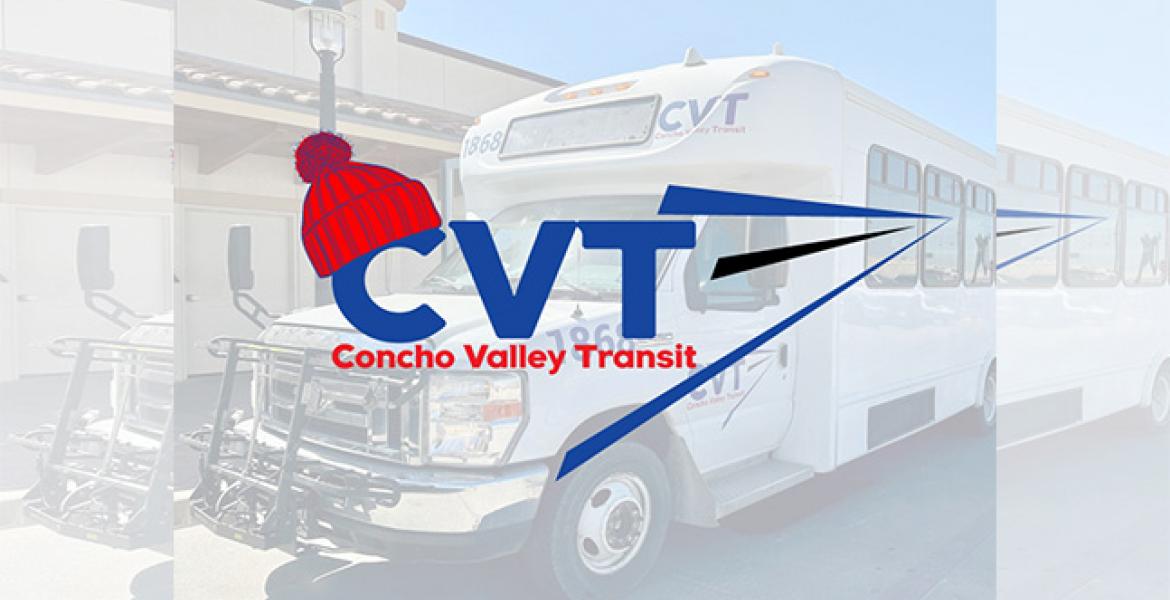
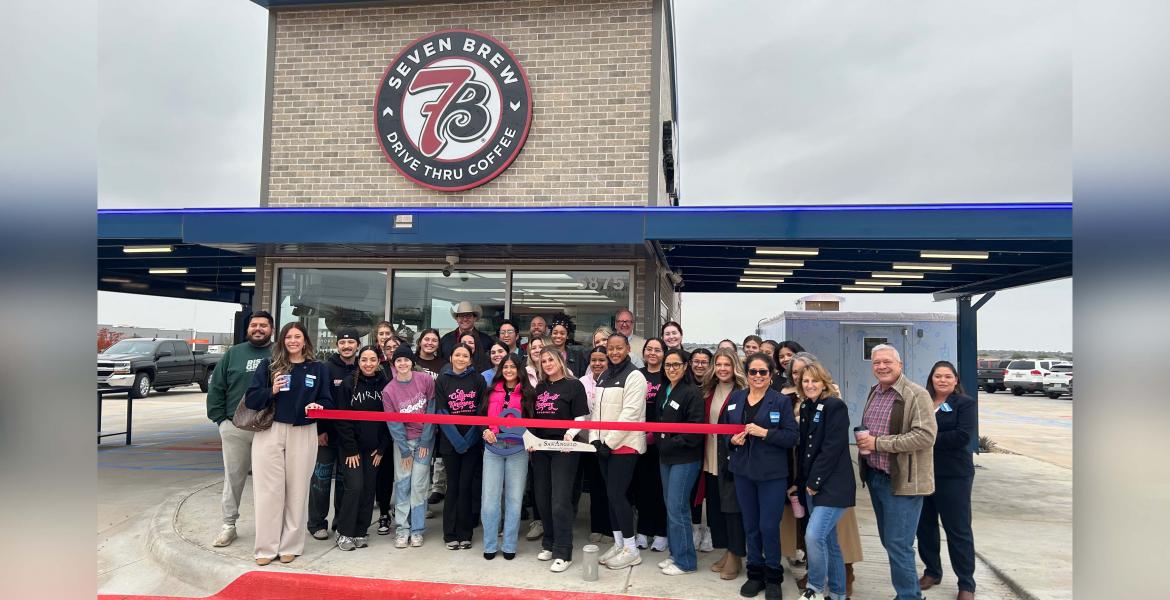
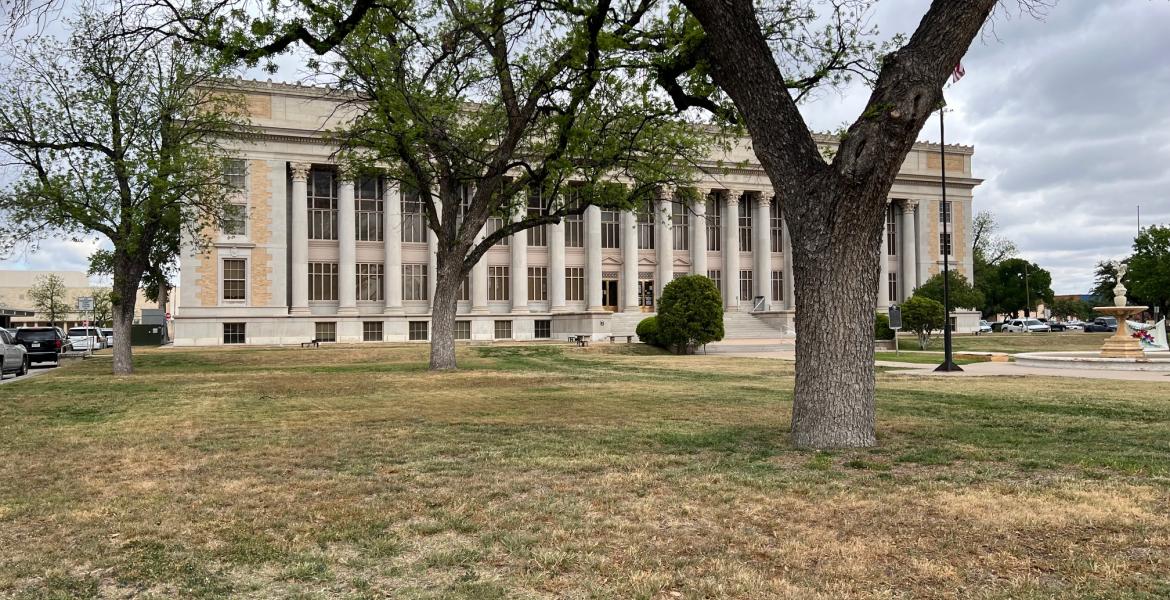

Post a comment to this article here: